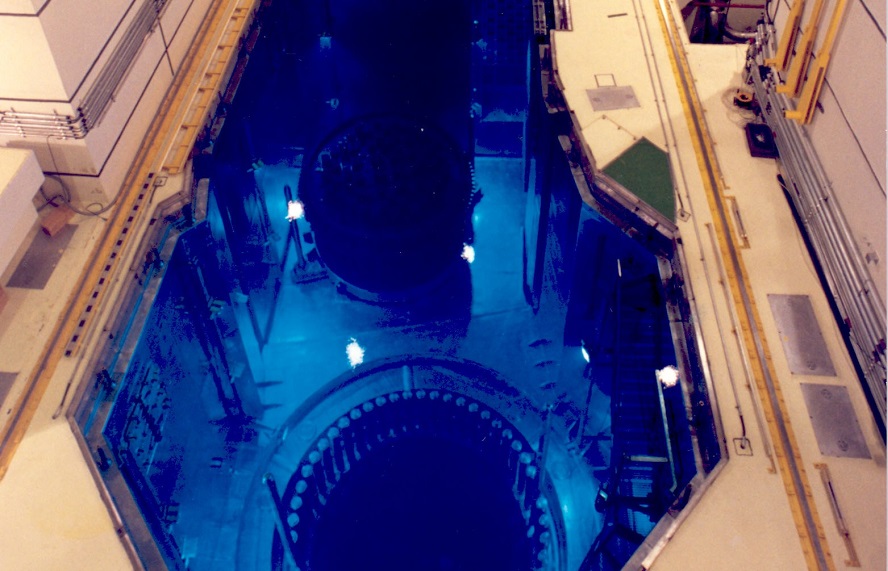Contenido principal
2020
The CSN participates in the 67th meeting of the Committee on the Safety of Nuclear Installations of the Nuclear Energy Agency

The Spanish Safety Nuclear Council (CSN) has participated in the 67th meeting of the Committee on Safety of Nuclear Installations (CSNI) of the Nuclear Energy Agency (NEA), held via videoconference on June 4-5. The commissioner Francisco Castejón has headed the delegation of the regulatory body.
The meeting began with welcoming remarks by CSNI President Jean-Christophe Niel, Director General of the French Institute for Radiation Protection and Nuclear Safety (IRSN), and then by the NEA Director General, William Magwood, who reported to the CNRA members on the challenge that the recent sanitary crisis derived from the COVID-19 has posed to the international agency and the measures that are being taken from this organisation. In this sense, possible cooperation activities and initiatives that the NEA could launch to support the exchange of information and the sharing of practices adopted by the different regulatory agencies to maintain security levels during the pandemic were evaluated.
Committee activities
Subsequently, the progress and planning of the activities dependent on the committee were reviewed, and new ones were approved, based on the proposals of the working groups. In addition, four new collaborative research projects were also approved.
As an important activity for the CSN, it is worth mentioning the approval of the joint report of the ATLAS and PKL projects, which gathers the conclusions and recommendations derived from the joint workshop of the mentioned projects.
Job program
In relation to the work program, the approval of two extensive reports on reactivity initiated accidents stands out for its relevance. The first one summarizes the conclusions and recommendations resulting from a major effort to inter-compare codes on phenomena that affect fuel behavior under such accidental conditions, which has been carried out over 10 years, with the participation of 21 organizations from 14 countries. The other report updates the state of the art on the behavior of nuclear fuel in light water reactors under reactivity initiated accident conditions.
Also noteworthy is the approval of another report from the risk analysis group to improve the use of the information contained in the NEA databases (CODAP, ICDE and FIRE) for probabilistic safety analysis (APS) purposes.
After the celebration of this committee, the commissioner Francisco Castejón has highlighted the agreement of the future realization of a seminar to evaluate the impact of the COVID-19 in the facilities and the responses of the regulators, indicating “the effort undertaken by all the parties involved to carry out normally and in such a fruitful way an international meeting of this magnitude”.
About the CSNI
The CSNI is composed of nine working groups that cover subjects such as risk assessment, accident analysis and management, aging and integrity of structures and components, organizational and human factors, safety of the fuel cycle, electrical systems and external events management. The CSN and other Spanish institutions actively and significantly contribute to most CSNI groups, programs and projects. In particular, a CSN representative is one of 6 members of the CSNI Program Review Group, which performs quality assurance and scientific support functions in planning and decision-making for this important Committee.
The mission of the Committee on the Safety of Nuclear Installations (CSNI) is to assist member countries in maintaining and further developing the scientific and technical knowledge base required to assess the safety of nuclear reactors and fuel cycle facilities. The Committee is made up of senior scientists and engineers, with broad responsibilities for safety technology and research programmes, and representatives from regulatory authorities.
* Check here the glossary of technical terms *
